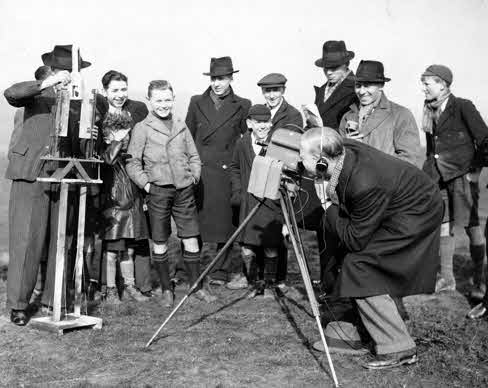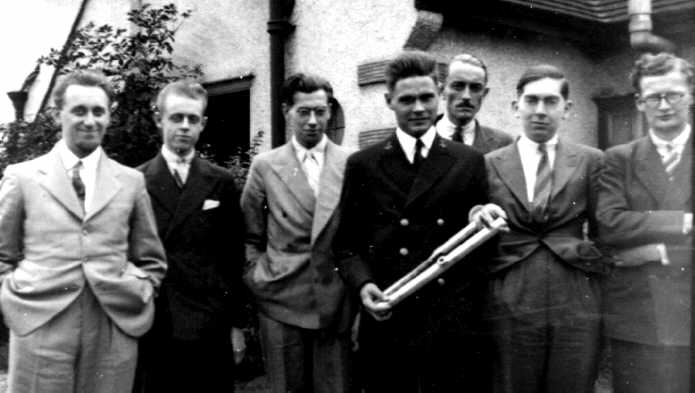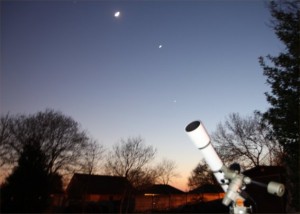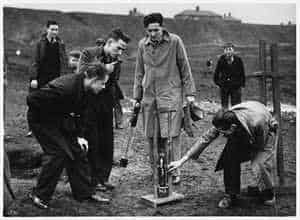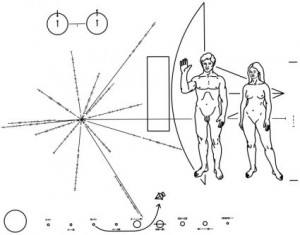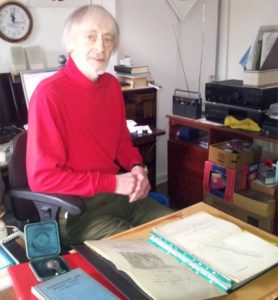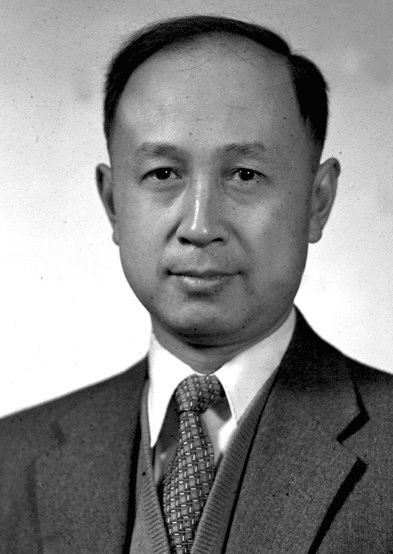
Even a cursory look at the Chinese spacecraft design indicates a close, obvious connection between Chinese and Soviet space technology. No doubt a result of the close geography and a shared political ideology during the Soviet era.
In this episode, a space historian specialising in the Chinese and Soviet/Russian space programs outlines the history, current status, and future of Chinese space activities.
Brian Harvey is a Dublin-based writer, author, broadcaster and probably the most informed specialist on the Chinese space program in Ireland today. This conversation was recorded during the Shenzhou-9/Tiangong-1 mission, which orbited Earth with three crew members, including the first Chinese female astronaut, onboard. At the end of the interview, Brian talks about the Space Cooperation Memorandum signed last week.
This telephone interview was recorded on Tuesday, 26th June, and published today, one day before the scheduled return of Shenzhou-9.
Podcast: Play in new window | Download (Duration: 34:06 — 31.2MB) | Embed
Subscribe: Apple Podcasts | Spotify | RSS | More
